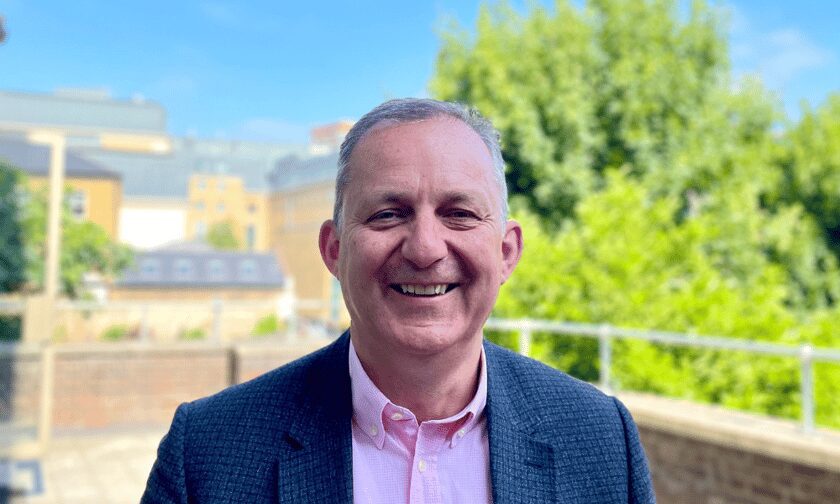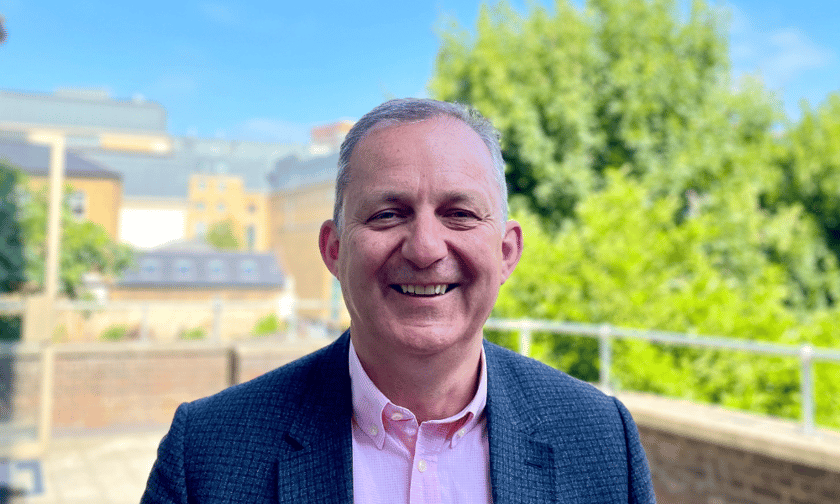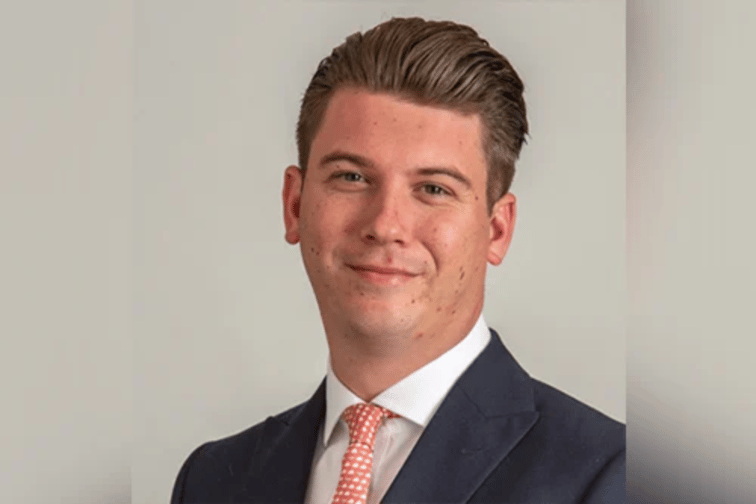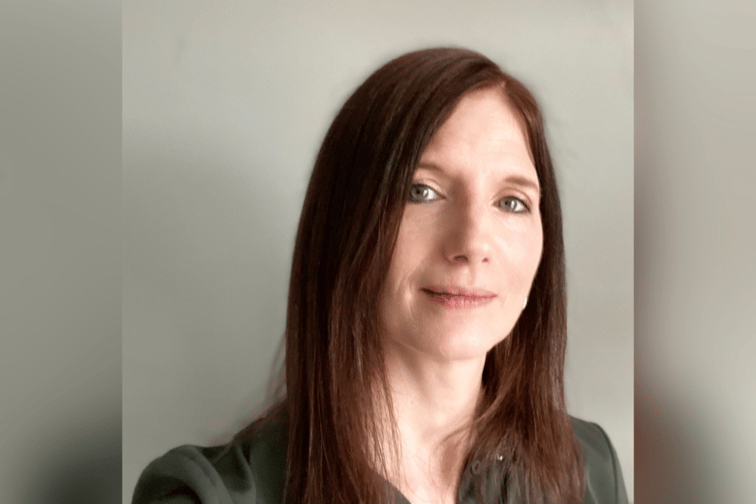
The sector’s biggest publication scores the industry’s biggest honours

It’s been quite the period of celebration for Insurance Business, as the industry’s global publication scooped a host of award successes.
There is no publication without a fantastic editorial team – and at IB we believe we have the best in the business, something that has been emphasised by the recent honours. Leading the charge was North America editor Jen Frost, who was crowned General Insurance Journalist of the Year at the Headlinemoney Awards, and also won big at the APEX Grand Awards for Publication Excellence for her outstanding piece on the Florida and Louisiana insurance crisis, which you can read by following the link.
Meanwhile, Mia Wallace, senior editor, has also scooped a host of accolades. She won not only the Best Profile/Interview of the Year at the BIBA Media Awards 2023, but also secured the WTW Media Awards 2023 Insurance & Risk Profile of the Year. You can read one of her award winning profile pieces here.
The BIBA Media Awards 2023, also saw recognition for both Jen Frost and Gia Snape, the latter named among the industry’s rising star nominees. Meanwhile, Insurance Business was applauded again at the APEX Grand Awards for Publication Excellence, in the Websites category.
“In Jen, Mia and Gia we have three absolutely outstanding journalists, who have really raised the standard for insurance journalism across the board,” said global editor Paul Lucas. “However, it would be remiss of me not to shout out to the wider team too – all of whom make fantastic contributions and I am sure, in many cases, will be in the running for awards in their own right in the near future.
“Huge thanks should also go to our sponsors, for taking the time to support trade journalism, and to our readers who continue to offer such great support with their reads, listens, views, feedback and participation in our industry surveys. We genuinely appreciate everyone who has given us such wonderful backing.”
Keep up with the latest news and events
Join our mailing list, it’s free!

This page requires JavaScript



















